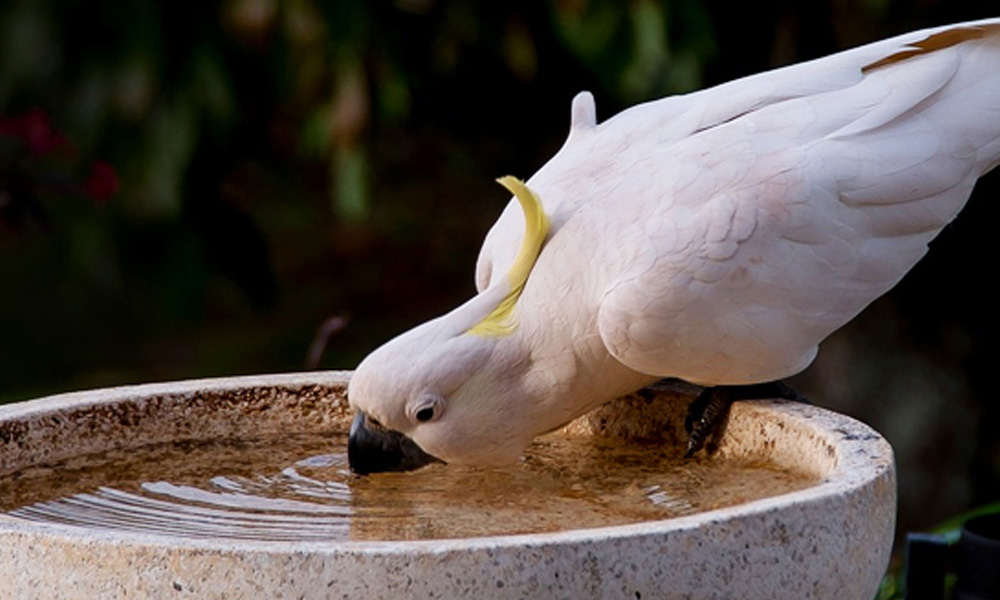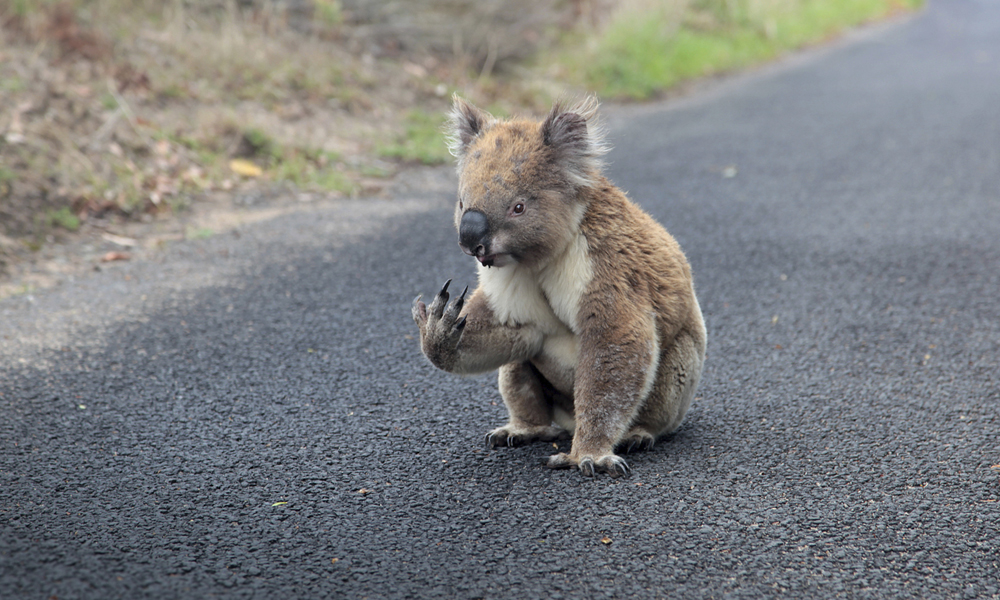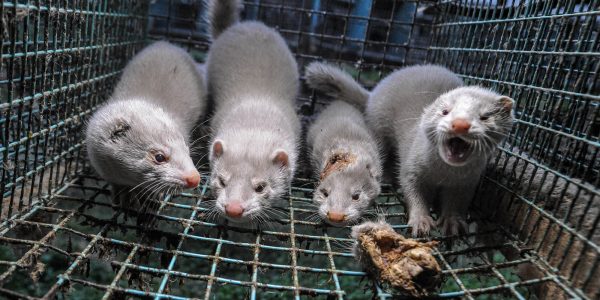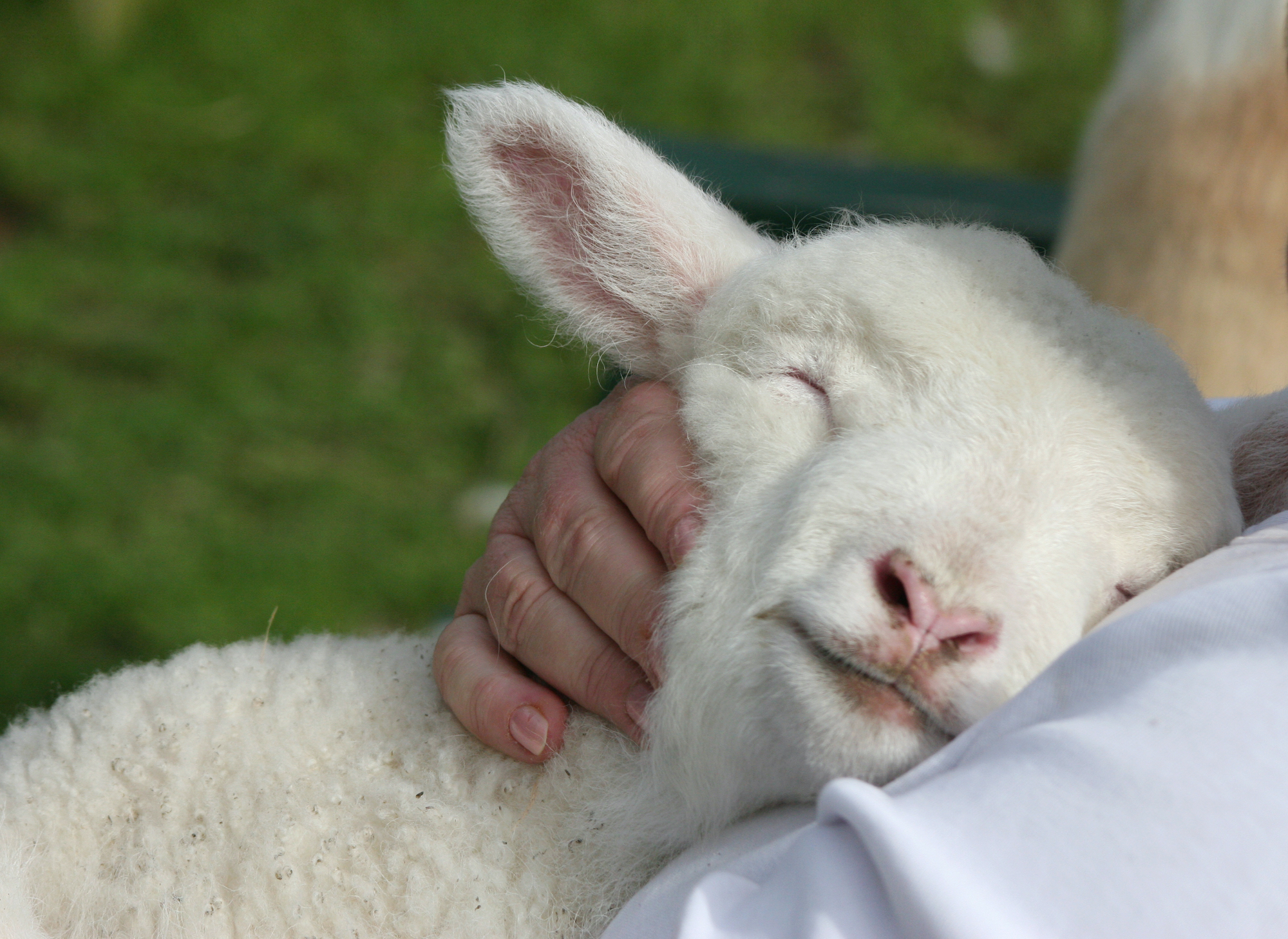If you have found an animal who is visibly distressed, wrap them loosely in a blanket or towel if it is safe to do so* and place them in a cardboard box, before placing the box in a dark, quiet, and cool place.
*Note that injured animals will often be quite frightened, so if you feel worried they may scratch or bite try gently ushering them into a washing basket without touching them instead of wrapping them in a blanket or towel.
Offer water but not food and call a wildlife carer immediately, or your local vet. Never pour water into an animals’ mouth — this is not natural and can cause additional distress and even physical harm. Instead, provide cool water in a bowl and allow them to lap from it.
DO NOT wrap heat stressed animals in wet towels or submerse in water — this can kill them.
If you see a marsupial dead on the roadside (possums, koalas, kangaroos and wallabies) there is a high chance that they could have a joey in their pouch who could have survived. If you’re not comfortable checking yourself, call your local wildlife rescue organisation for urgent assistance.













